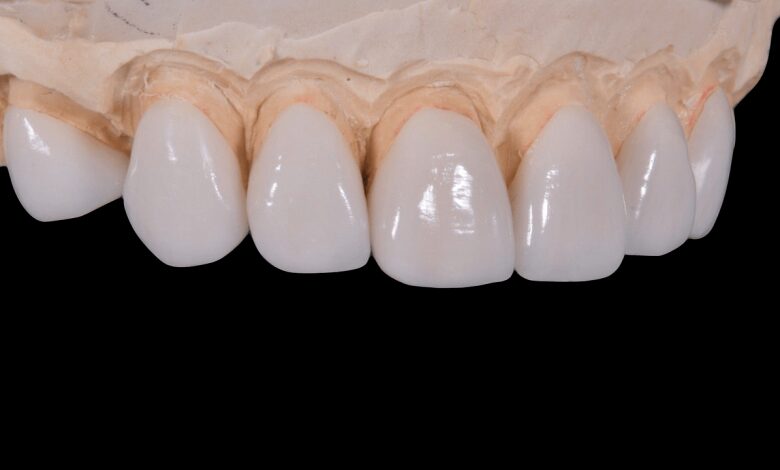Chinese ‘superfilling’ just as hard as real tooth enamel

Chinese scientists have discovered a way to ‘grow’ tooth enamel – the hardest material in the human body – back. At present, it is only possible to repair broken tooth enamel with composite (white filling), amalgam and other metal alloys or porcelain. The new method is called “the ultimate solution against tooth decay and damage” by the experts.
The process involves applying microscopic quantities of calcium phosphate, in combination with other chemicals, to broken parts of tooth enamel. This results in a wafer-thin new layer that is just as strong and wear-resistant as real enamel. The scientists, who have published their research results in the authoritative journal Science Advances, believe that the method of working with cheap materials can eventually be applied worldwide and on a large scale.
The first tests by dentists with people are promising. According to researcher Zhaoming Liu, who was involved in the research at Zhejiang University in China, the recovery using calcium phosphate is many times better than with existing materials. “They usually only stay in place for a maximum of five years. In principle, the ‘layer’ that we developed can last the rest of human life.”
Tooth decay occurs on a large scale. In 2016, 2.4 billion adult people worldwide had caries in their teeth, while approximately 486 million children suffer from decaying milk teeth. The biggest culprit: damaged enamel. This can be destroyed by a combination of factors such as damage, genetic predisposition, but also by acids and sugars in foods.
Lightning fast
Microscope images that the Chinese scientists put with their publication state that the ultramodern filling material is not only ‘extremely hard-working’ but also ‘super-fast’. “The glaze is repaired within 48 hours in most cases.”
The international reactions to the ‘supervulling’ are laudatory, but dentists do warn against optimism. “The method must first be tested extensively in practice. It will then take a few more years before it can be used in dental practices as a real alternative to existing materials,” says Dr. Sherif Elsharkawy, a British expert on tooth decay, in The Guardian.
Elsharkawy emphasizes that the layer developed in China works well, but is still far too thin to fill gaps between half a millimeter and two millimeters in teeth. Researcher Zhaoming Liu acknowledges the latter. However, he states that he and his team are working on ways to make the layer thicker. “It is certainly possible, and we hope that within two years to test people.”




